Key Steps to Managing for Results
By Laurel Molloy, Innovations Quantified
Originally Published by the Nonprofit Coordinating Committee of New York in February 2015
On Friday, January 30, 2015, I had the pleasure of facilitating the Pathways to Excellence Workshop on Managing for Results.
The session opened with a moderated panel about the experiences of two Nonprofit Excellence Award Winners:
– Leake & Watts, represented by Executive Director Alan Mucatel
– Sadie Nash Leadership Project, represented by Executive Director Chitra Aiyar
Although different in age, size, and scope, each serves as a great example of how an organization can operate with a constant eye towards outcomes (i.e., how program participants benefit from their involvement).
Following the panel discussion, attendees took a quick inventory of their own organization’s outcome-related efforts, then debriefed with a partner and as a large group. They also had an opportunity to ask questions of the panelists.
Although the overall conversation touched upon various aspects of managing for results, the primary focus was on how to create an institutional culture of learning.
Some of the key themes that emerged were:
– No one person or department should “own” the process – stakeholders at all levels should be engaged in the conversation to ensure a more comprehensive picture and buy-in throughout the process
– Priority outcomes should reflect an organization’s mission and be determined through a careful internal process, taking into account, but not being limited by funder expectations
– Executive Directors must be steadfast in their support – in what they say, in the example they set in their own work around outcomes, and in the safe forum they create for staff to talk about what’s working and what’s not
– Staff schedules need to allow for time to think about outcomes – not just at the beginning of the process, but also when there are results to review and discuss
– Outcome-focused report templates and meeting agendas can help improve an organization’s likelihood of looking at results
Becoming an outcome-focused learning organization is not an easy task. In fact, it’s a lot like building a new muscle. It takes time. And discipline. There may be some pain involved. But in the end, there can be a huge payoff: a culture where everyone is paying attention to whether the organization is truly making a difference.
